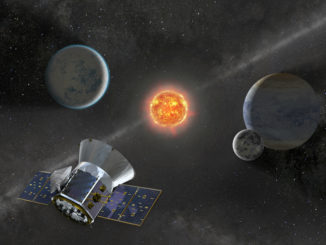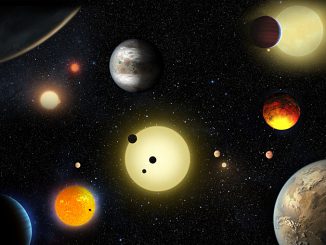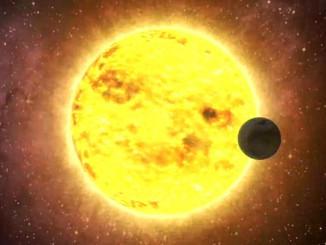
NASA’s Transiting Exoplanet Survey Satellite







NASA’s Kepler mission announces largest collection of exoplanets ever discovered
NASA’s Kepler mission has verified 1,284 new planets — the single largest finding of planets to date. Of the nearly 5,000 total planet candidates found to date, more than 3,200 now have been verified, and 2,325 of these were discovered by the space telescope. Launched in March 2009, Kepler is the first NASA mission to find potentially habitable Earth-size planets.

Planet with most eccentric orbit flashes astronomers with reflected light
A team of researchers led by San Francisco State University astronomer Stephen Kane were able to detect a signal of reflected light from a planet known as HD 20782 b — a “flash” of starlight bouncing off the planet’s atmosphere as it made its closest orbital approach to its parent star on the most eccentric, comet-like orbit yet seen.

Finding new worlds with a play of light and shadow
One method to discover planets beyond the solar system by far is transit photometry, which measures changes in a star’s brightness when a planet crosses in front of its star along our line of sight. NASA’s Kepler Space Telescope has used this technique to become the most successful planet-hunting spacecraft to date, with more than a thousand established discoveries. Satellites carrying improved technology for all-sky surveys are now planned, missions that will tell us a great deal about alien planetary systems similar to our own.
